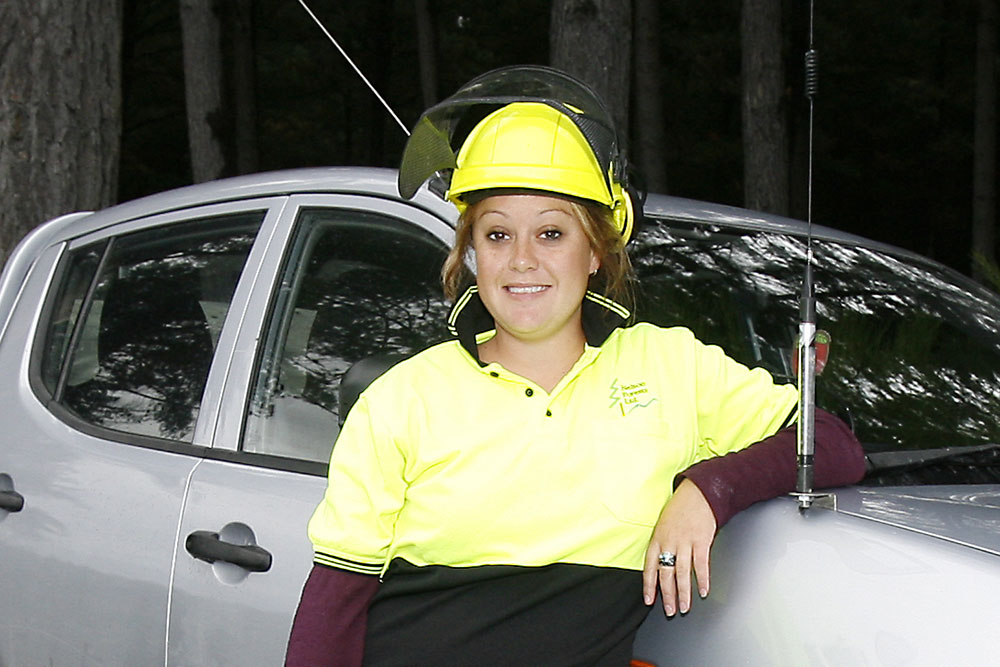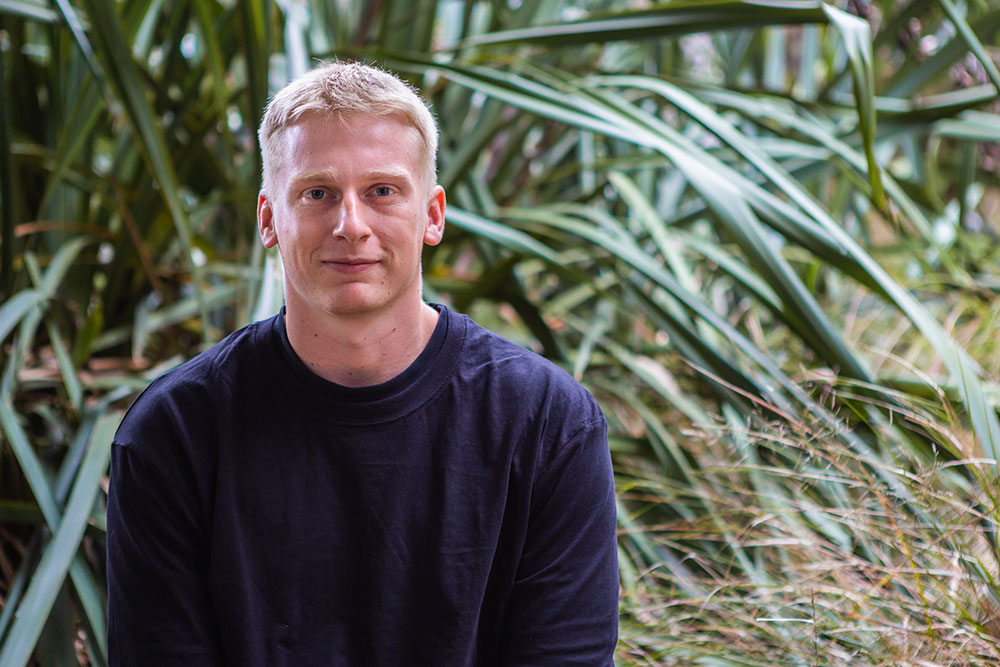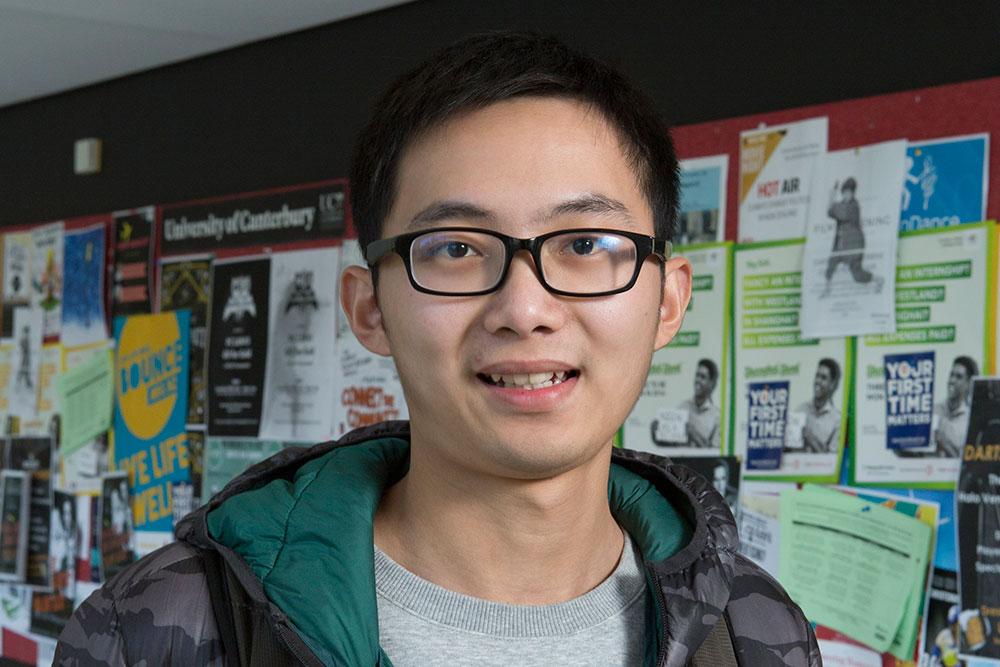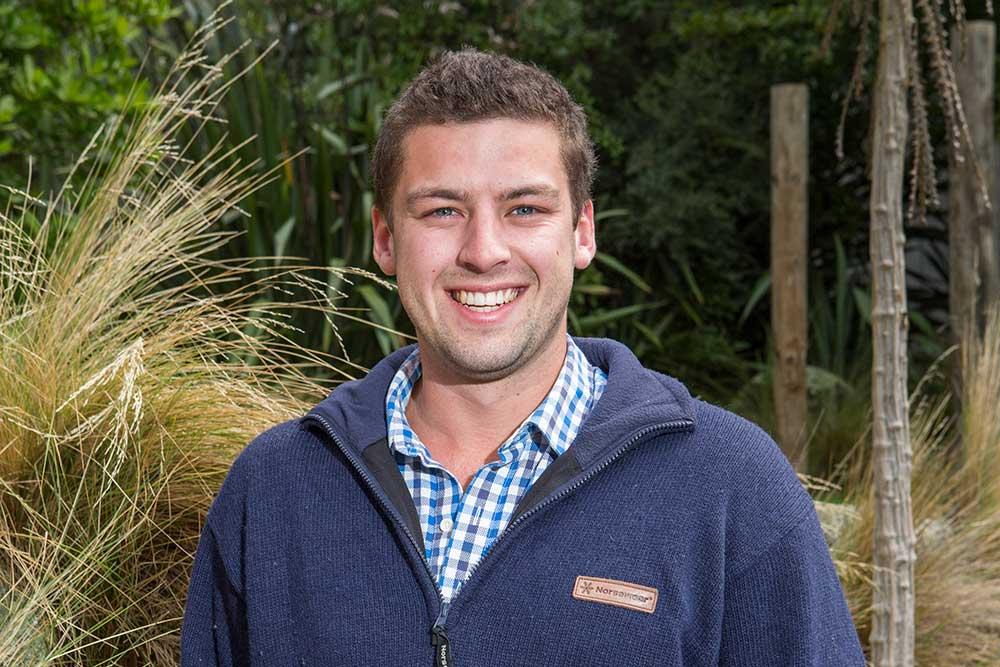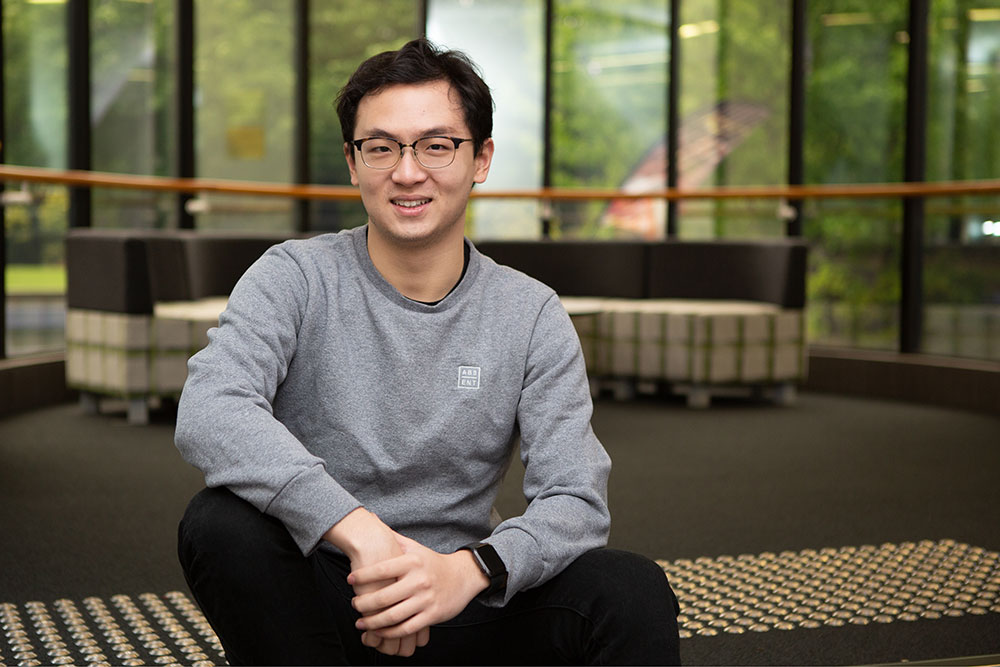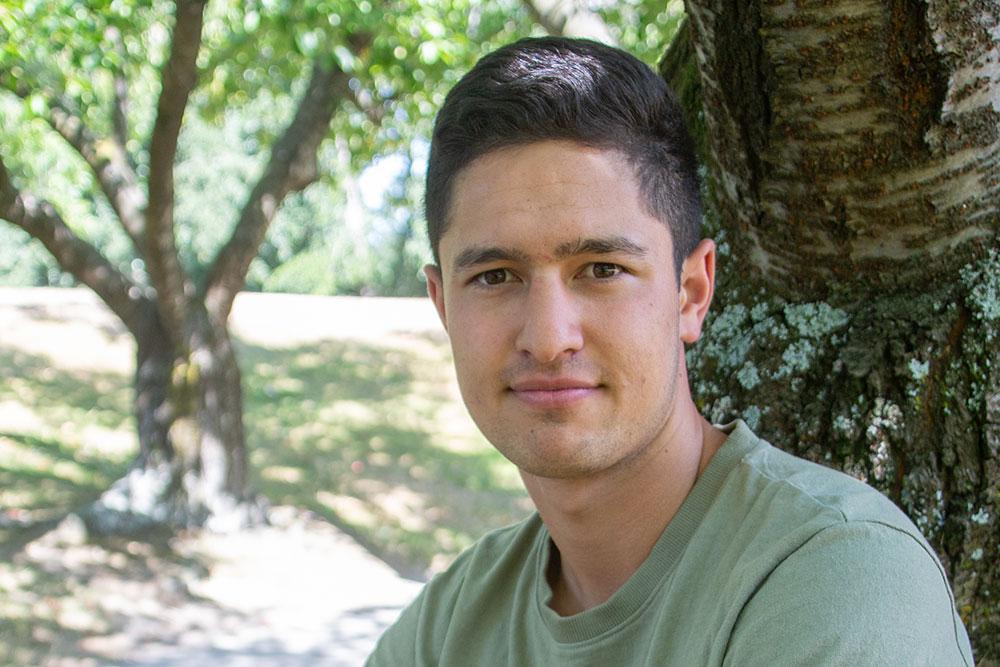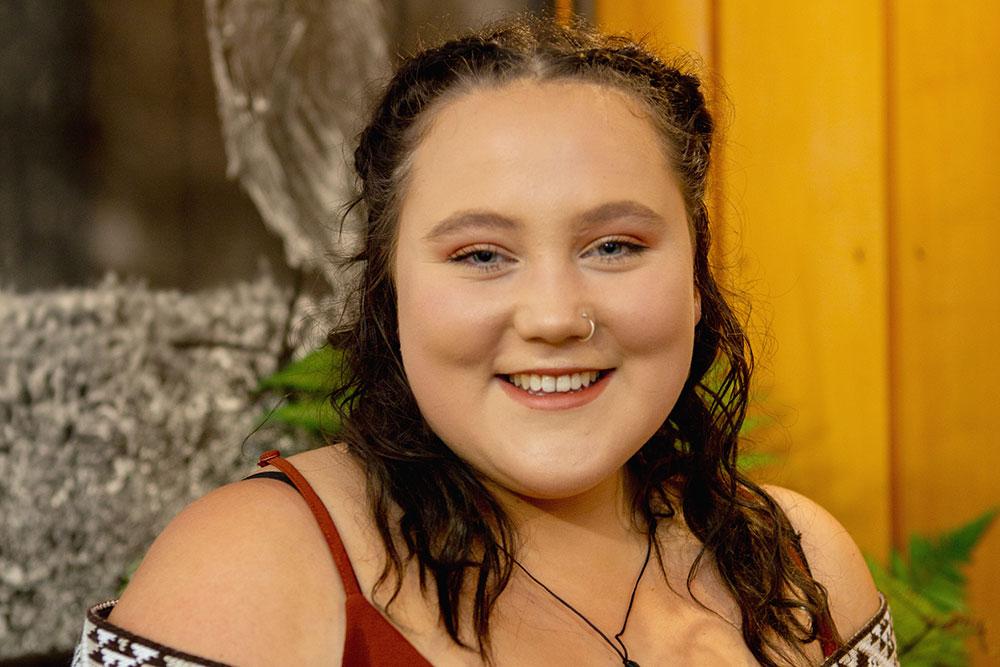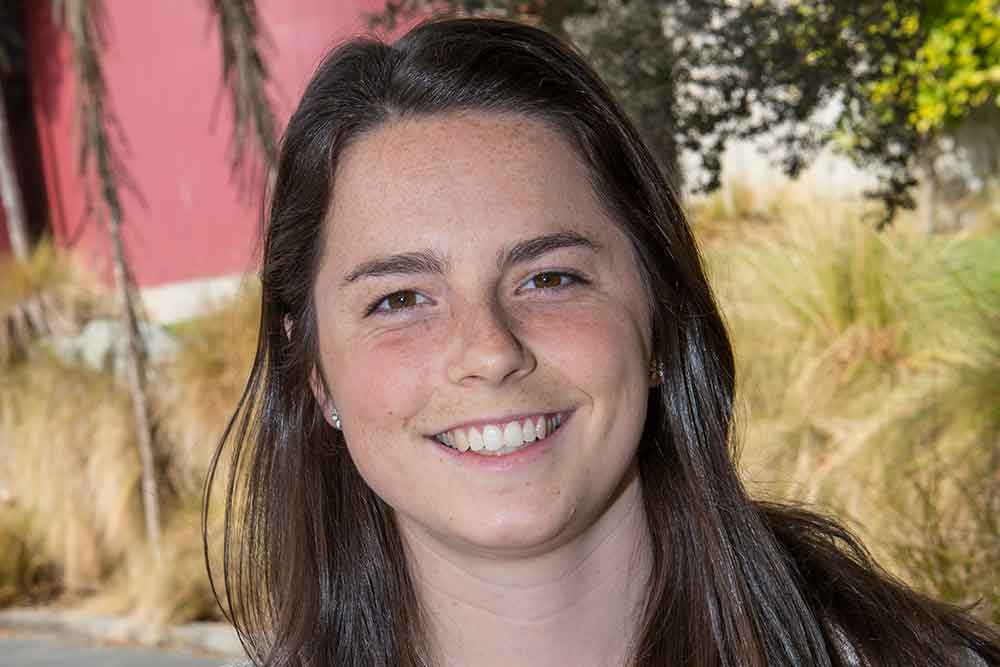Forester, Kaunihera Taiao ki Waitaha | Environment Canterbury
Photo: Ben with some rare remnant Canterbury plains Kanuka (Kunzea serotina). "I was pretty happy to find these the other day. They will now be protected as our team will create a perpetual reserve here as part of our forest estate biodiversity programme."
How did you come across UC’s Forestry degree?
Pure chance – my best friend told me about the degree and sold it to me by saying we would spend more time in the forest and be able to build our own mountain bike tracks. I found the more I learnt through the degree, the more interesting study became, and the passion for forests developed rapidly.
What was it that kept you going?
The more you learn the more interesting it gets, and the passion for forests will grow from those roots! Our class did plenty of field trips and working experience through UC. These were some of the most memorable times of my early twenties.
What kind of things are involved with studying a Forestry degree?
The degree was more challenging than expected as foresters are required to have such a diverse array of understandings (Sciences, Mapping, Economics, Management, Marketing, Biosecurity, Silviculture, Harvest planning, Environmental planning, Carbon sequestration, Business, Health and Safety, and the list goes on…). But this has given me such an awesome base for my career.
Even if you don’t stick to forestry in the long run, the skillsets are so diverse you will get opportunities to try jobs you may have never contemplated.
You’ve landed a couple of different roles since graduating, including being a Park Ranger. What does your work involve now as a Forester?
I am responsible for the management of Environment Canterbury’s 2,700 hectares of forests, and work within the Parks and Forests Team based in Kainga, Christchurch. Our forests were primarily established for flood protection and soil conservation surrounding the volatile braided rivers across the Canterbury Plains. The regional parks have developed because of the forest establishment which house many community recreational values, plus host a range of biodiversity projects which are accelerating rapidly.
Since I am the only Forester I am involved with everything associated with the forest management, plus I am within wider organisational teams working on projects which draw on forestry skills.
In particular, the focus currently is afforestation and the NZ Emissions Trading Scheme and using these to work towards organisational goals such as protecting and enhancing biodiversity, increasing water quality, mahinga-kai, diversifying revenue generation, and improving land use.
How have you enjoyed looking after such an important resource?
It’s very dynamic working for the council, and in a political environment where such a wide range of stakeholder expectations must be considered when making plans and decisions about forest management. With such a large stakeholder base and wide spanning organisational values, plus a spotlight on forestry, I have been able to begin accelerated growth of our forests plus lock in some budget for diversifying our forest estate for the benefits of biodiversity, parks values, carbon sequestration, and timber diversity.
It’s really cool being able to use the BForSc degree to help influence forest related decisions at the higher-level and then get to implement them.
So what else are you hoping to achieve with our forests in the future?
Plenty, but in essence I want to develop both my own and others’ abilities to manage land in ways that is sustainable for New Zealand given the issues we are facing currently and are expected to in the future, such as climate change and the biodiversity crisis, whilst benefiting social and economic factors too.


